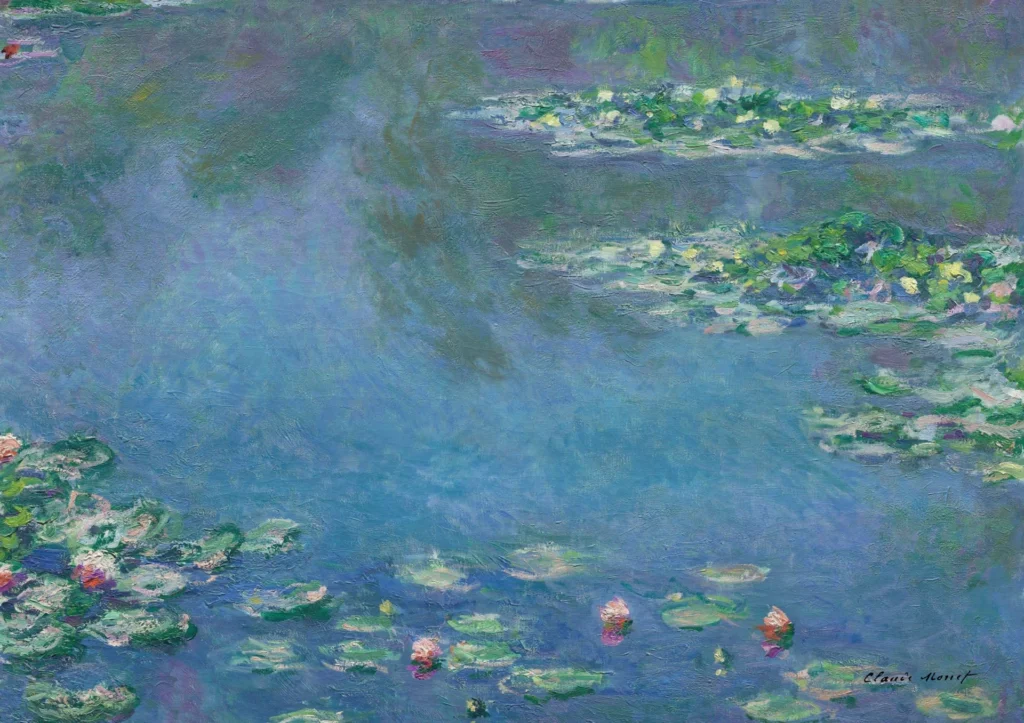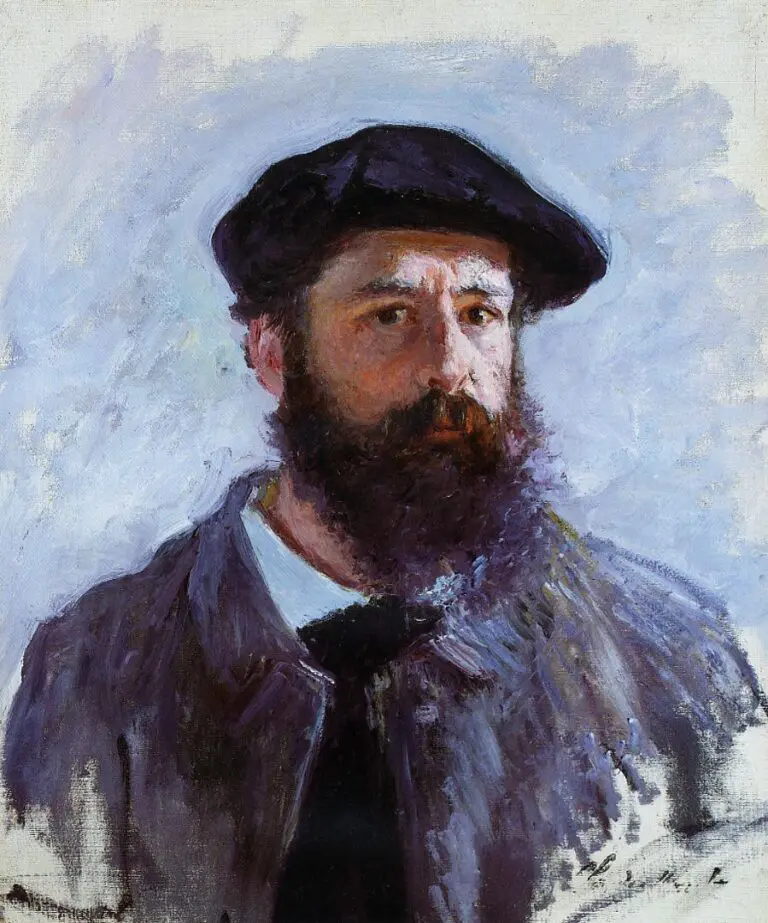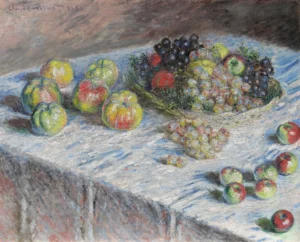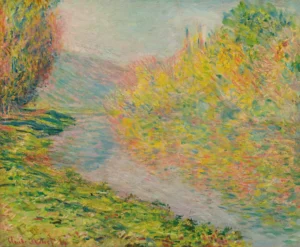Water Lilies (1897-1926)
Monet's 'Water Lilies' series is a breathtaking collection of around 250 oil paintings created during the last three decades of his life, depicting the enchanting water lily pond in his garden at Giverny. The works evolved stylistically, moving from traditional landscapes to immersive experiences of abstract color and form. The series reflects Monet's personal struggles with health while simultaneously redefining the boundaries of impressionism. It is now housed in various prestigious galleries worldwide, symbolizing the core of Impressionist art.
1897 - 1926
About the Artwork
The 'Water Lilies' series emerged as a powerful expression of Claude Monet's enduring love for nature and his dedication to capturing its ephemeral beauty. Created over nearly three decades, the paintings reflect Monet's evolving style, particularly in his later works, where he pushed the aesthetic boundaries by shedding the constraints of traditional representation. Working primarily during the challenge of poor eyesight due to cataracts, Monet developed a bold brush technique that emphasized color over detail, capturing the astonishing interplay of light and shadow on the water's surface. His vision for a circular display of these works culminated in a stunning installation at the Musée de l'Orangerie, where visitors can experience what Monet intended as a full immersion into the beauty of his water garden. 'Water Lilies' remains a testament to the artistic rebellion of the late 19th and early 20th centuries, influencing countless artists and capturing the hearts of audiences worldwide.
Did You Know
Monet created many of the ‘Water Lilies’ paintings despite suffering from cataracts, which significantly altered his perception of color. This condition pushed him toward a more abstract style, focusing on the interplay of colors rather than precise details.
The installation of the ‘Water Lilies’ series at the Musée de l’Orangerie is a significant moment in art history, as it represents not only Monet’s artistic vision but also his love for France. He donated this series to the nation, sharing his personal sanctuary with the public.
The ‘Water Lilies’ series has profoundly influenced modern art movements, particularly Abstract Expressionism, encouraging artists to explore color and form without being confined to traditional techniques and narratives.










